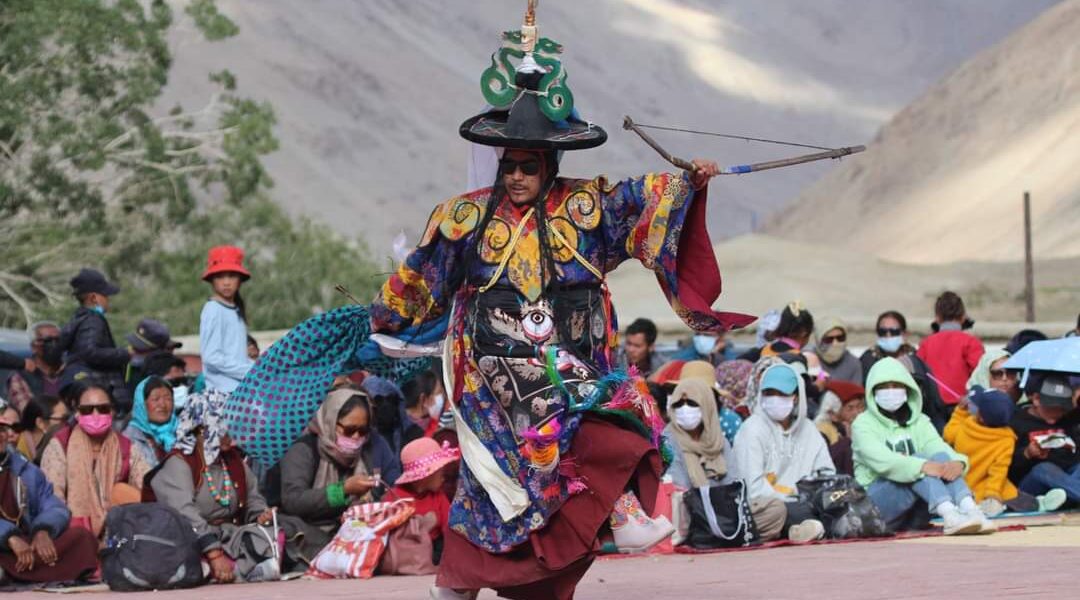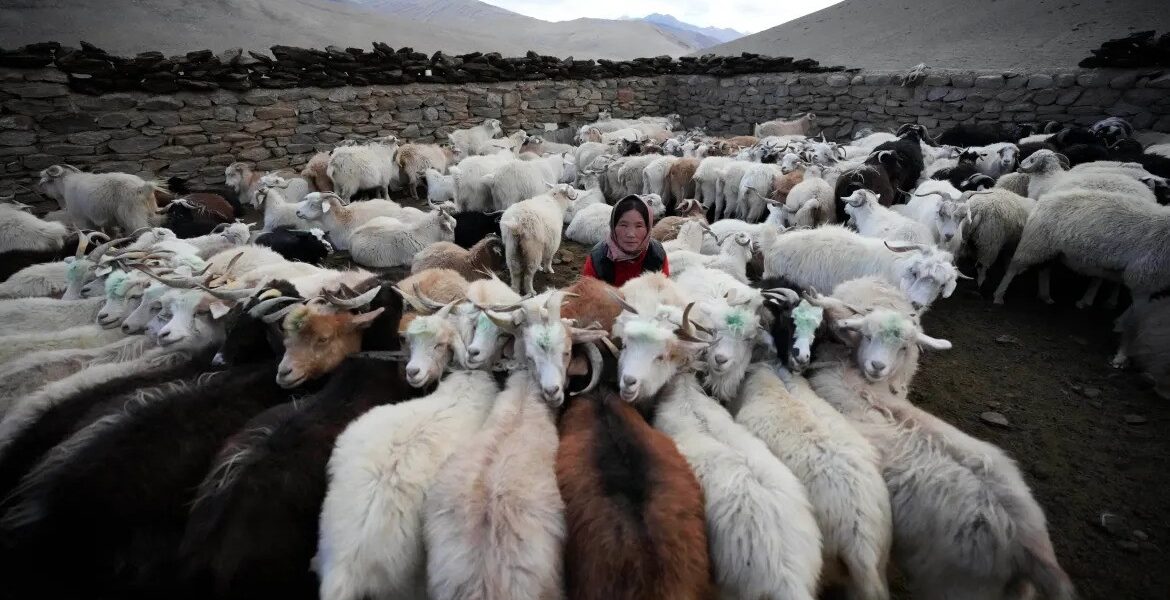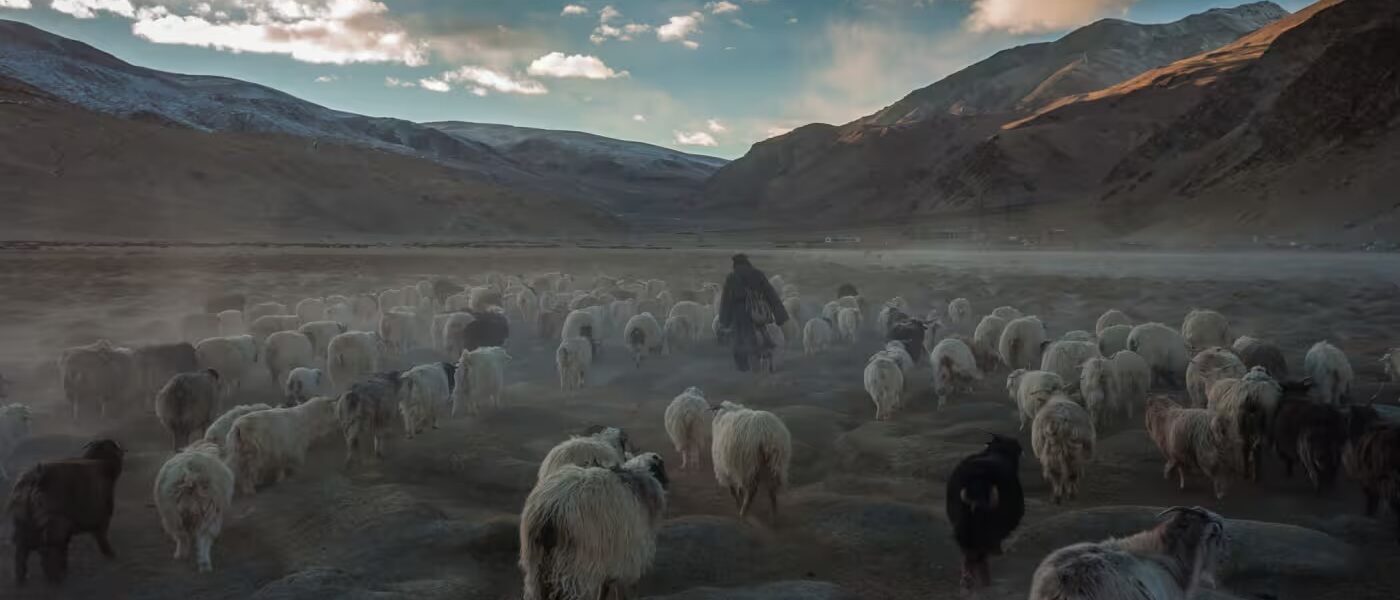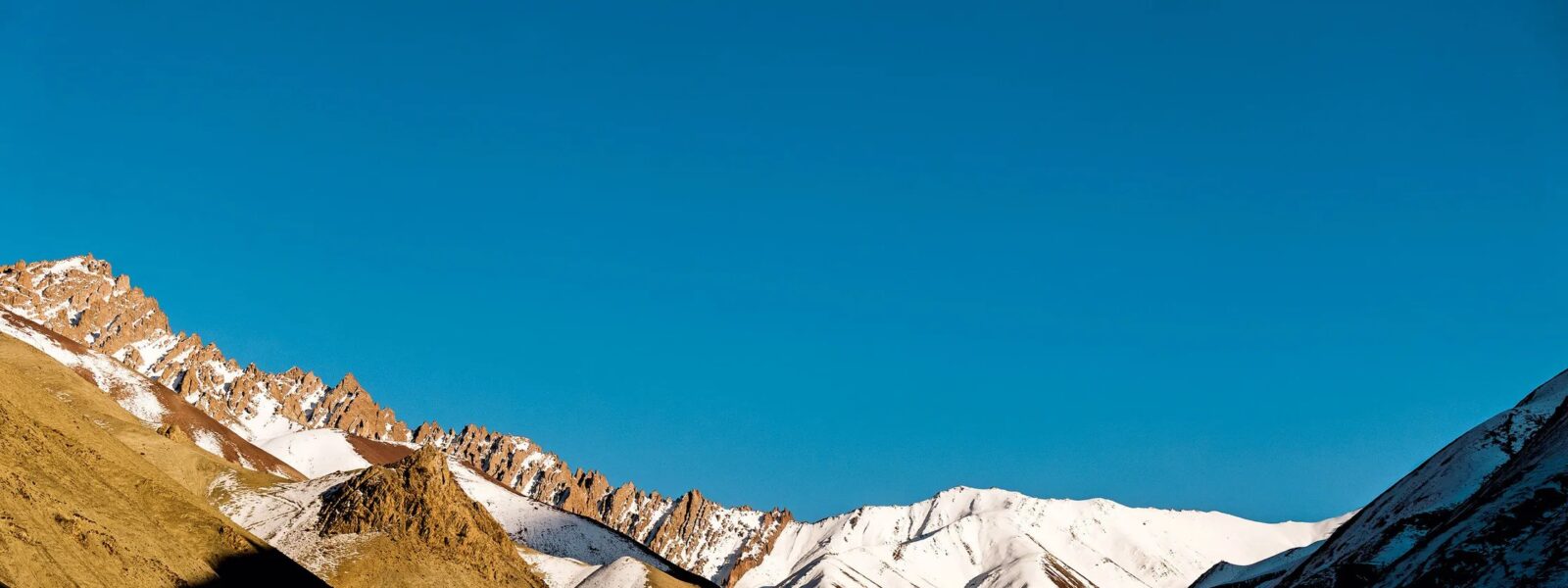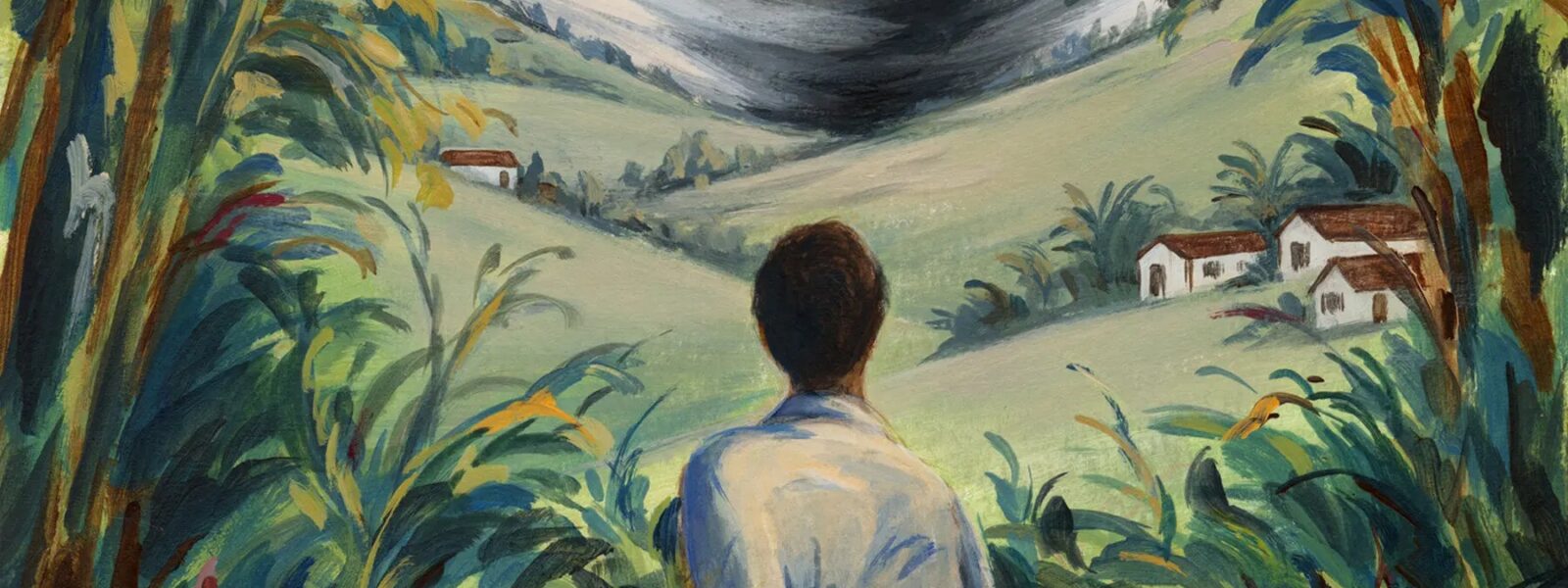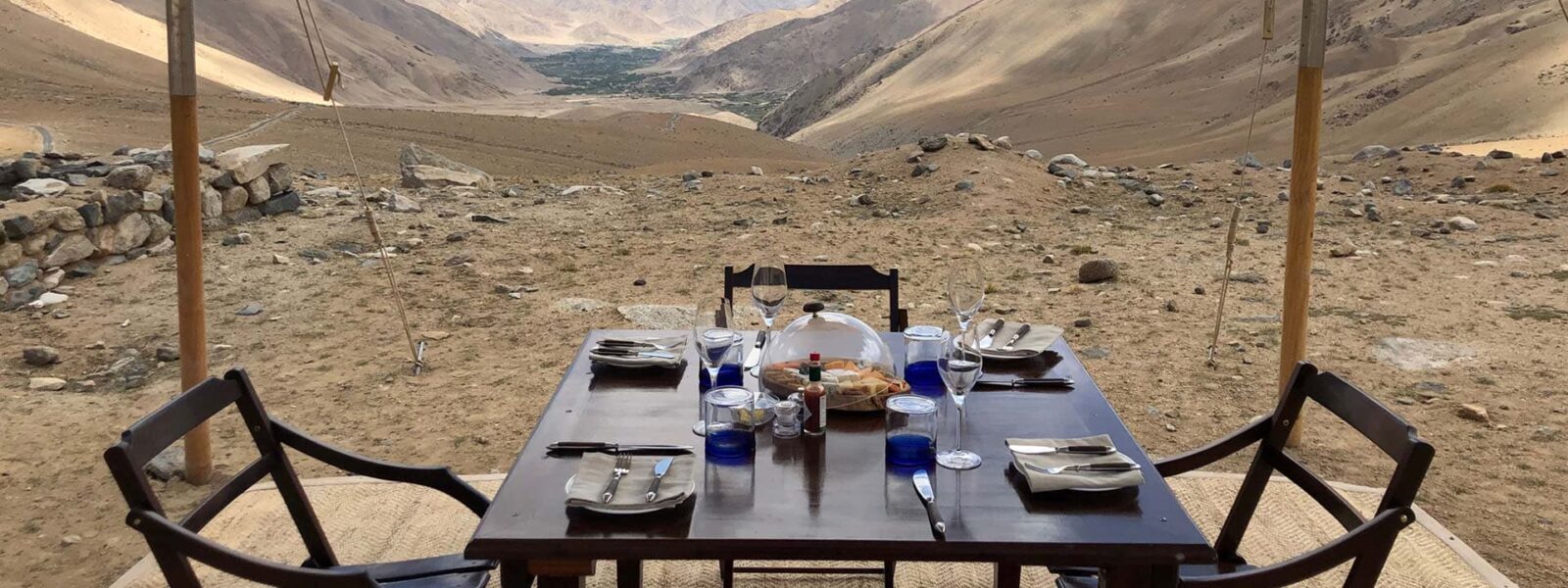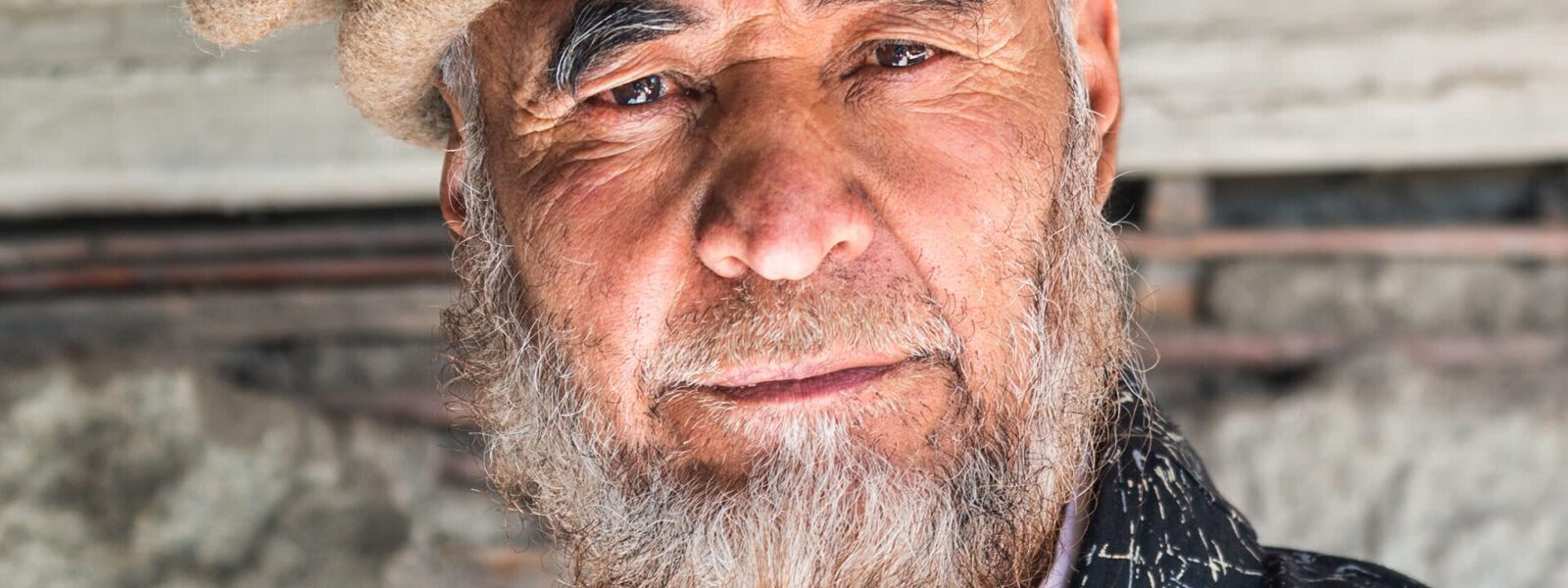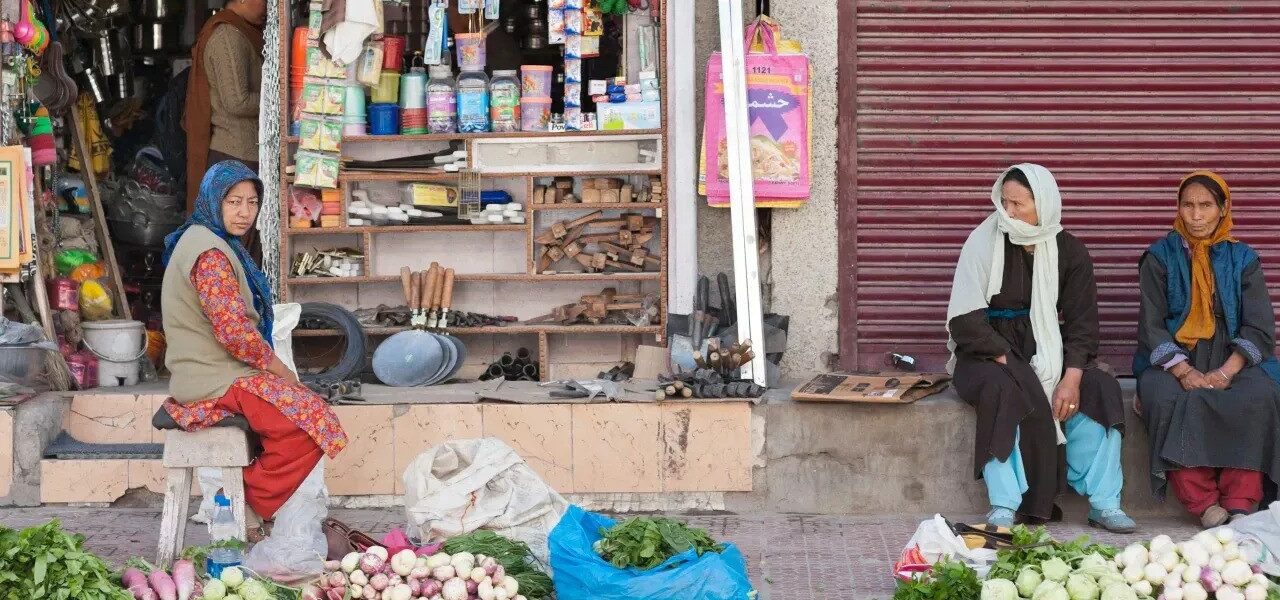- Introduction
- What is Shachukul Kabgyat?
- When and Where is it Celebrated?
- The Significance of Shachukul Kabgyat
- Main Activities and Highlights
- Cultural and Spiritual Relevance
- How to Reach Shachukul
- Nearby Attractions
- Customer Testimonial
- FAQs About Shachukul Kabgyat
Introduction
Ladakh, the land of high passes, is renowned for its stunning landscapes, serene monasteries, and vibrant festivals. Among these festivals, the Shachukul Kabgyat stands out as a unique and spiritually enriching experience. This two-day festival, held at the Shachukul Monastery, offers visitors a glimpse into the rich cultural heritage of the region.
Ladakh’s festivals are not merely celebratory events; they hold profound spiritual significance. They often commemorate important dates in the Buddhist calendar or the birth anniversaries of religious figures. Shachukul Kabgyat is one such festival, reflecting the blend of spiritual fervor and cultural vibrancy that defines Ladakhi life.
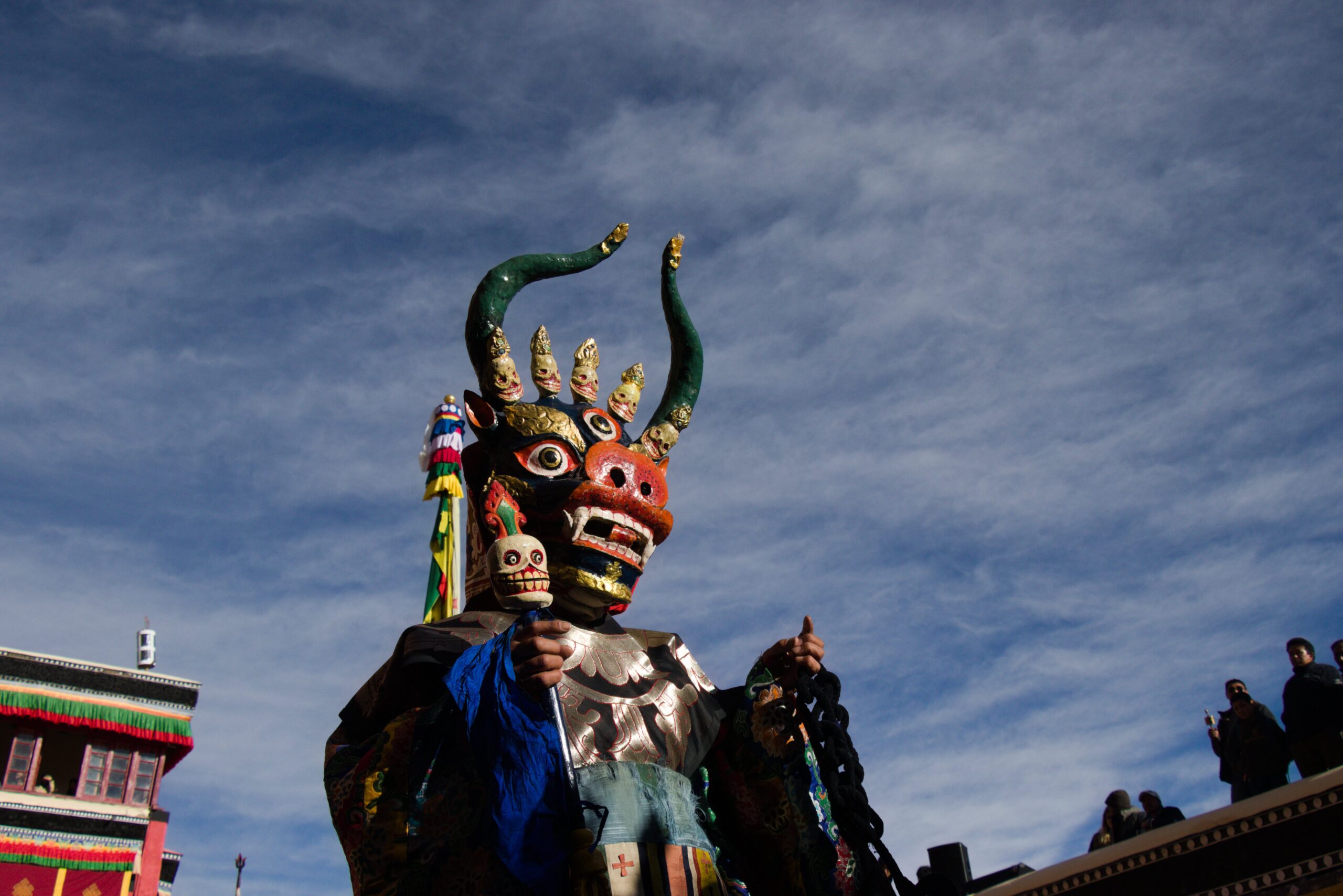
What is Shachukul Kabgyat?
Shachukul Kabgyat is a vibrant two-day festival celebrated at the Shachukul Monastery in Ladakh, India. It features the mesmerizing Cham dances, performed by monks dressed in colorful robes and masks. These dances symbolize the triumph of good over evil and the purification of the mind.
- Cham Dances: Monks depict various deities and Buddhist teachings through intricate dance movements.
- Monastic Rituals: Sacred rituals that convey profound spiritual messages.
- End of the Festival: The cutting of the Torma (a sacrificial cake) marks the conclusion of the festivities.
The festival is a celebration of Buddhist teachings and serves as a time for both locals and visitors to reconnect with spiritual values. The dances, rituals, and offerings during Shachukul Kabgyat aim to spread peace and harmony.
When and Where is it Celebrated?
The Shachukul Kabgyat is held annually on the 17th and 18th days of the fifth Tibetan month. The festival takes place at the Shachukul Monastery, located 125 kilometers east of Leh, the capital of Ladakh.
| Aspect | Details |
|---|---|
| Location | Shachukul Monastery, Ladakh |
| Distance from Leh | 125 kilometers |
| Nearest Landmark | Pangong Lake (45 kilometers away) |
Shachukul village, meaning “the far-east,” is situated in the remote but beautiful landscape of Ladakh. The Shachukul Monastery is a significant spiritual center affiliated with the Drikung Kagyu sub-lineage of Tibetan Buddhism.
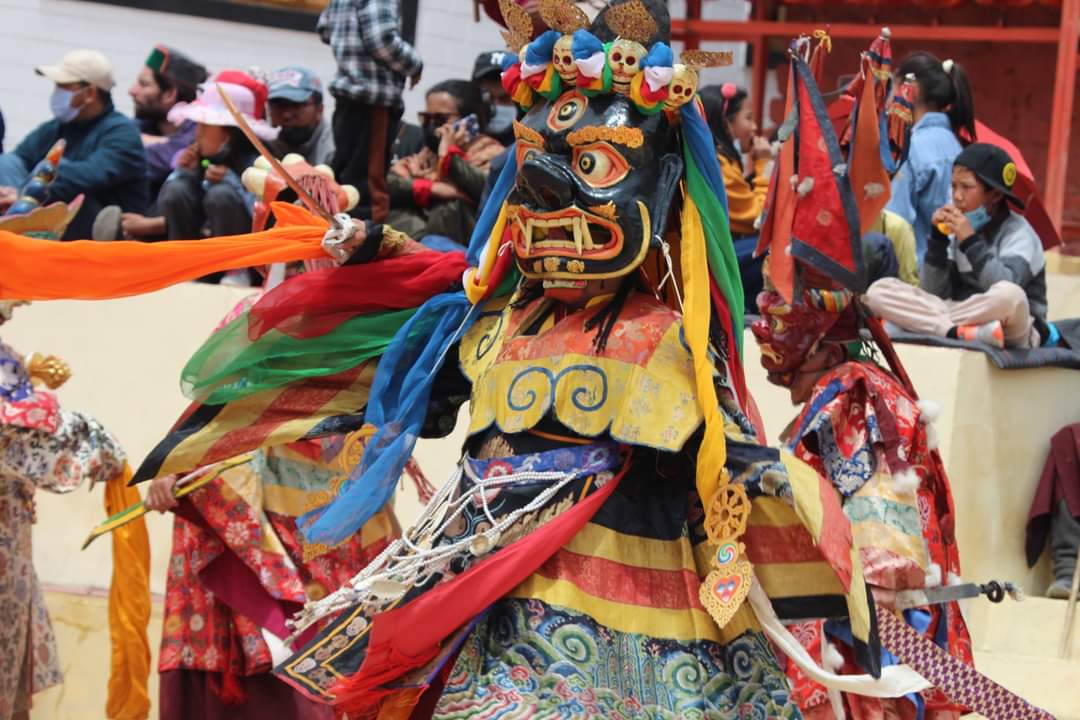
The Significance of Shachukul Kabgyat
The festival is deeply rooted in the traditions of the Drikung Kagyu sub-lineage of the Kagyu school of Tibetan Buddhism. It celebrates the teachings of Buddha and honors the Dharma protectors such as Achi Chokyi Dolma and the four-armed Mahakala.
These protectors play a crucial role in Tibetan Buddhism, symbolizing the protection of Buddhist teachings and the eradication of obstacles to spiritual growth. By performing Cham dances, monks invoke their blessings and ensure the spiritual purification of the participants.
Main Activities and Highlights
1. Cham Dance Performances
The festival’s highlight is the Cham dances, performed to convey Buddhist teachings and mythical stories. These dances are accompanied by traditional instruments and chants.
The Cham dances of Shachukul Kabgyat are a visual spectacle, blending intricate movements, vibrant costumes, and symbolic masks. Each dance has a specific narrative, often representing the victory of positive forces over negativity.
2. Ritual Offerings
Monks perform rituals and offer Tormas to deities to seek blessings and protect the community from evil spirits. These rituals are profound spiritual acts, fostering a sense of connection with the divine.
3. Cultural Immersion
Visitors can immerse themselves in Ladakh’s vibrant culture, enjoying local food, crafts, and folklore. The festival provides a platform for locals to showcase their traditional art and craft forms.
Cultural and Spiritual Relevance
The Shachukul Kabgyat is more than just a festival; it is a spiritual journey that emphasizes mindfulness, compassion, and the impermanence of life. It also fosters unity among the local community and visiting monks.
The festival serves as a reminder of Ladakh’s rich cultural and spiritual heritage, keeping ancient traditions alive in a rapidly modernizing world. For visitors, it offers a unique opportunity to connect with Ladakhi culture and spirituality on a deeper level.
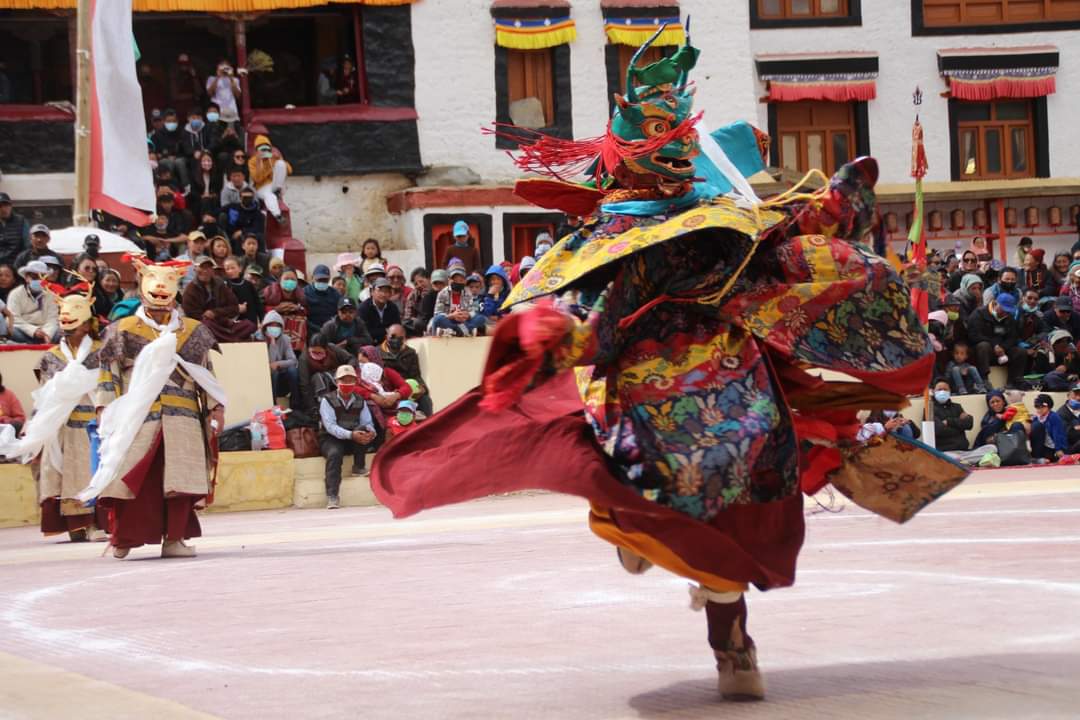
How to Reach Shachukul
Reaching the Shachukul Monastery requires careful planning due to Ladakh’s remote location:
-
- By Air: The nearest airport is Kushok Bakula Rimpochee Airport in Leh, 124 kilometers away.
- By Road: Shachukul is accessible by road from Leh, with regular taxis and buses available.
Ensure to check road conditions and weather updates as Ladakh’s terrain can be challenging, especially during winter.
Nearby Attractions
While visiting Shachukul, explore these nearby attractions:
- Pangong Lake: A serene, crystal-clear lake just 45 kilometers from Shachukul.
- Phyang Monastery: Another prominent Drikungpa sect monastery in Ladakh.
- Lamayuru Monastery: Known for its lunar-like landscapes and ancient history.
- Thiksey Monastery: A majestic monastery offering panoramic views of the Indus valley.
Customer Testimonial
“Attending the Shachukul Kabgyat was a transformative experience. The Cham dances were breathtaking, and the spiritual energy was palpable. It gave me a deeper appreciation for Ladakh’s rich culture and traditions.”
– Maria Gonzalez, Spain, Travel Photographer
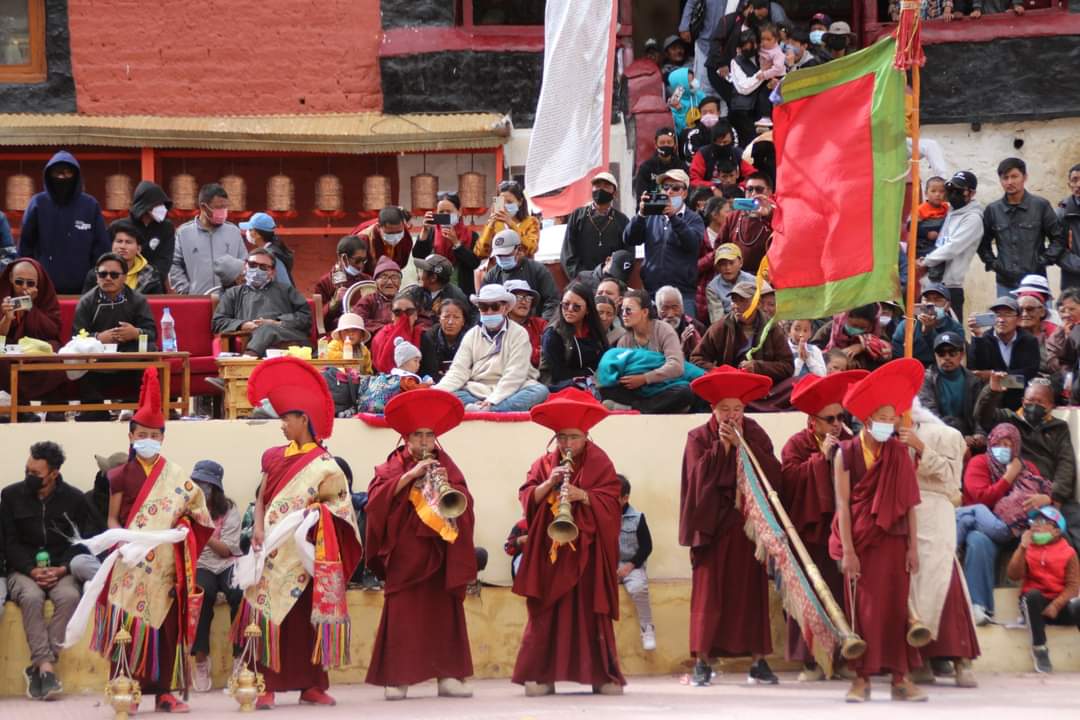
FAQs About Shachukul Kabgyat
- Q: What makes Shachukul Kabgyat unique?
- A: The festival’s Cham dances and the setting at Shachukul Monastery make it a unique blend of culture and spirituality.
- Q: Can tourists participate in the rituals?
- A: Tourists can observe the rituals and interact with the local community but cannot participate in sacred ceremonies.
- Q: Is it safe to travel to Shachukul during the festival?
- A: Yes, the roads are accessible, and the local community is welcoming to visitors during this time.
- Q: Are there accommodations near Shachukul?
- A: Accommodations are limited near Shachukul. It is advisable to stay in Leh and travel to the monastery.
- Q: How can I learn more about the Drikung Kagyu lineage?
- A: Visit monasteries like Shachukul, Phyang, and Lamayuru, or consult books on Tibetan Buddhism.

